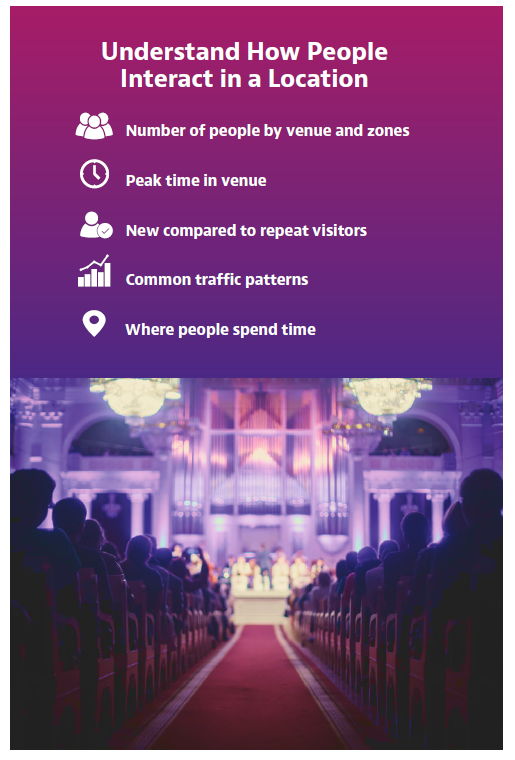5G Analytics and Monetization
With 5G, the talk is more than just about the network. 5G will be transformational, with the coming of the new RAN, beamforming, mmWave etc.
Yet, for mobile operators this is as much about business transformation as it is about network transformation. It’s about new business models and growing revenue streams, collaboratively working across the value fabric of 5G. For this to happen, operators need deeper insights from the mobile network than just how it is performing.
Mobile networks hold a tremendous amount of data on where people go throughout their day, which applications they use, and the topics that matter most to those people at any given time. Until now, this data was unused as there was too much of it to mine to get to the valuable information. That has all changed with platforms that can take that raw data and find the knowledge needed to turn it into a valuable commodity. This knowledge will become the driving force of revenue for mobile operators in the years to come.
Location, Location, Location
Knowing where a subscriber is currently located is useful to a certain extent, but analyzing the historical data of where that subscriber has been combined with their current location is much more valuable. In addition, more granular location accuracy that says which cell site a subscriber is close to is needed to deliver true value. With this information, accurate predictions can be made as to where subscribers will go next, where they will go later in the day or even next week. Once an operator can predict where someone will go and combine that with the topics that matter to that subscriber, an unprecedented opportunity arises for the operator to sell that information to interested parties. It is the patterns and trends provided by the data that help mobile operators leverage the insight they can extract from their networks.
Privacy
The guiding force behind location intelligence is that the data it gathers is aggregated and anonymized. So, rather than looking at targeting individuals, operators are analyzing trends and patterns across groups of subscribers. Going well beyond just Cell-ID (and for 5G solutions will need to be beam-aware) , location intelligence uses artificial intelligence and algorithms to see patterns and make predictions on future actions. Because of this, location intelligence meets the new, stricter General Data Protection Regulation (GDPR) standards for privacy and is safe for subscribers. This opens up almost unlimited ways that location intelligence can be used to create new revenue streams, but the most immediate opportunities include market research, advertising and public safety.
If your location intelligence can be combined with user and control plane data, you now have app-aware insight supporting a whole range of possibilities: machine-to-machine communications such as Internet of Things (IoT), autonomous vehicles, smart cities.
With this contextually-aware visibility and insight, operators will have the analytics needed to propel their business forward with 5G.
Want more? Take a deeper dive into 5G Testing from VIAVI.



